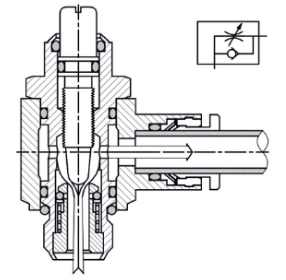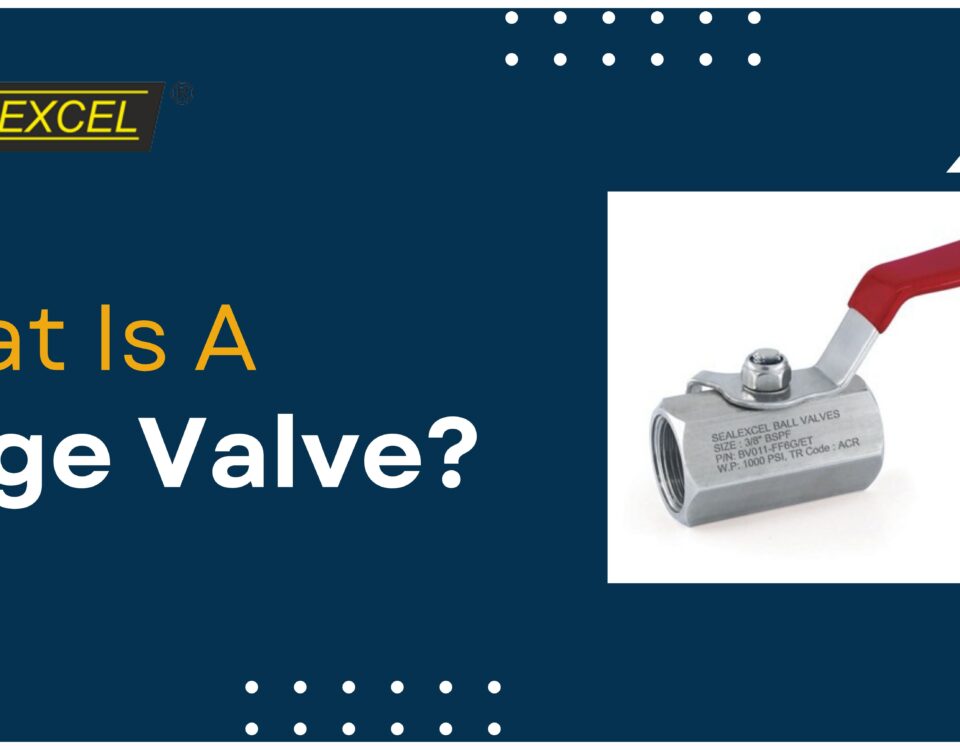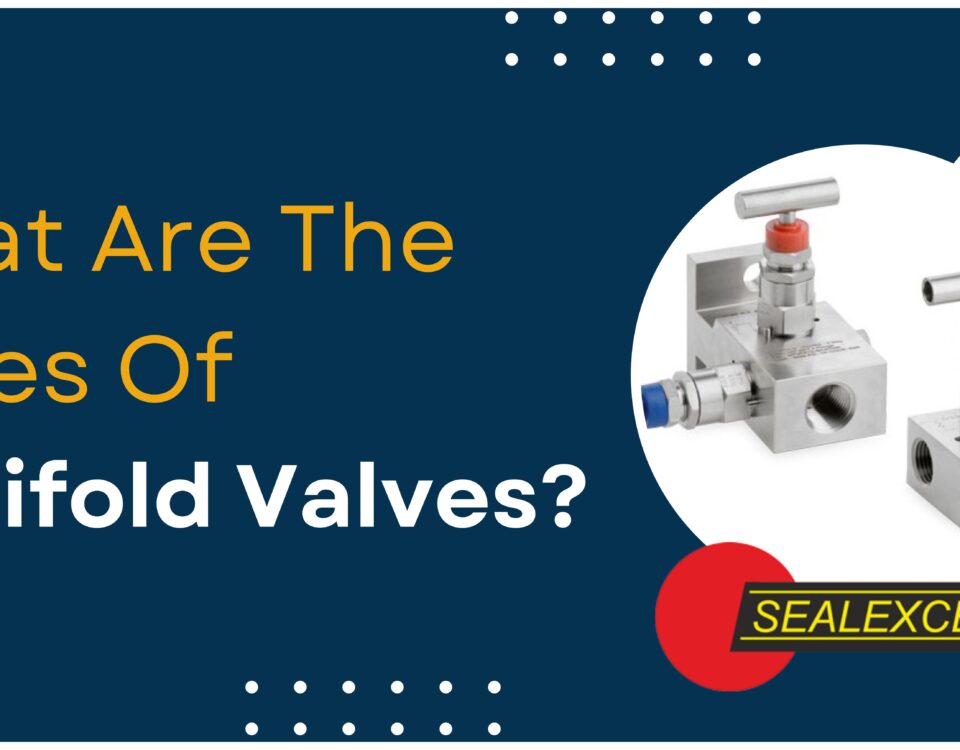
What Is A Purge Valve?
April 29, 2023
Control Valve Types 101: Your Crash Course in Flow Management
February 19, 2024Flow regulation is a critical aspect of various industries, where the control and management of fluid flow are essential for optimal performance and safety. One of the key tools used for flow regulation is the flow regulator valve. In this blog, we will explore what flow regulation entails, delve into the concept of flow regulator valves, understand their functions, and differentiate them from flow control valves.
What is Flow Regulation?
Flow regulation refers to the process of controlling the rate of fluid flow through a system. This process is essential to maintain stability, prevent excessive flow, and ensure smooth operation of equipment and processes. Flow regulation is commonly employed in diverse applications, such as water distribution networks, hydraulic systems, gas pipelines, industrial processes, and more.
What is a Flow Regulator Valve?
A flow regulator valve is a specific type of valve designed to control and regulate the flow rate of fluids, such as liquids or gases, within a system. These valves ensure that the flow remains within predefined limits, maintaining consistency and preventing damage to downstream components or excessive waste.
What does a Flow Regulator Valve do?
A flow regulator valve operates by adjusting the size of its orifice or restricting the flow passage, which in turn regulates the fluid flow rate. When the fluid flow exceeds the desired rate, the valve will constrict the flow path, reducing the flow rate until it reaches the desired setpoint. Conversely, if the flow is too low, the valve will open up to allow more fluid to pass through, thus maintaining the desired flow rate.
Which Valve is Used for Regulating Flow?
The flow regulator valve is the primary valve used for flow regulation. These valves come in various designs, such as globe valves, butterfly valves, diaphragm valves, and needle valves. The selection of the valve type depends on the specific application and the flow regulation requirements of the system.
What is the Difference Between a Flow Regulator and a Flow Control Valve?
While the terms “flow regulator valve” and “flow control valve” are sometimes used interchangeably, there is a subtle distinction between the two:
Flow Regulator Valve:
Purpose: The primary function of a flow regulator valve is to maintain a constant flow rate and limit variations within a specific range.
Mechanism: Flow regulator valves are generally designed to respond to changes in pressure differentials across the valve to adjust the flow rate accordingly.
Applications: Flow regulator valves are commonly used in applications where a constant flow rate is critical, such as in chemical dosing systems, water distribution networks, and pharmaceutical processes.
Flow Control Valve:
Purpose: Flow control valves are used to adjust the flow rate in response to the changing requirements of a system or process.
Mechanism: Flow control valves can be manually operated or equipped with automated control systems that adjust the valve opening based on feedback from sensors or controllers.
Applications: Flow control valves find use in applications where varying flow rates are necessary to meet changing process conditions or demand, such as in industrial automation, irrigation systems, and heating, ventilation, and air conditioning (HVAC) systems.
Conclusion:
Flow regulator valves play a crucial role in various industries, enabling precise flow regulation to ensure efficient and safe operation of fluid systems. These valves help maintain consistent flow rates, preventing damages and inefficiencies. By understanding the differences between flow regulators and flow control valves, industries can choose the right valve for their specific needs and applications, ensuring optimal performance and resource management.



